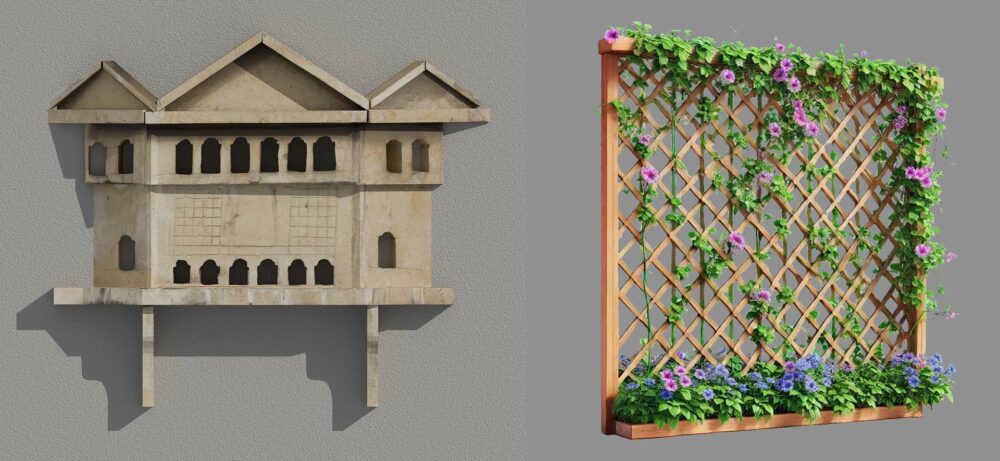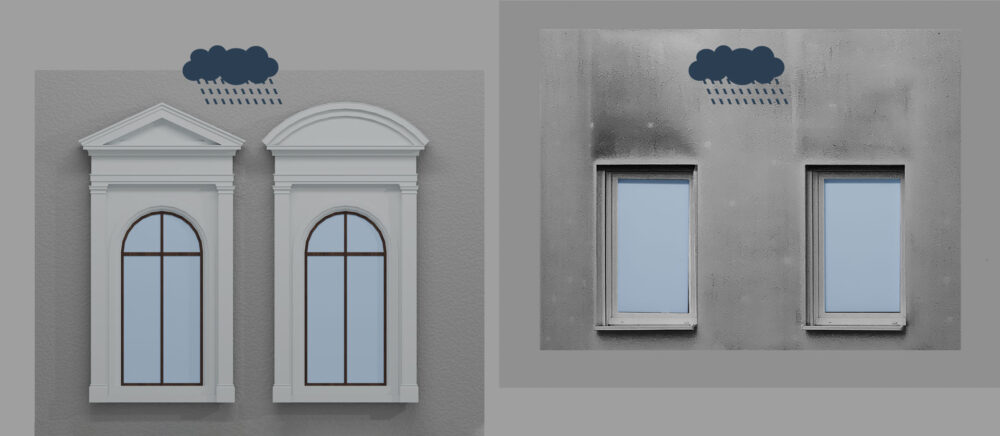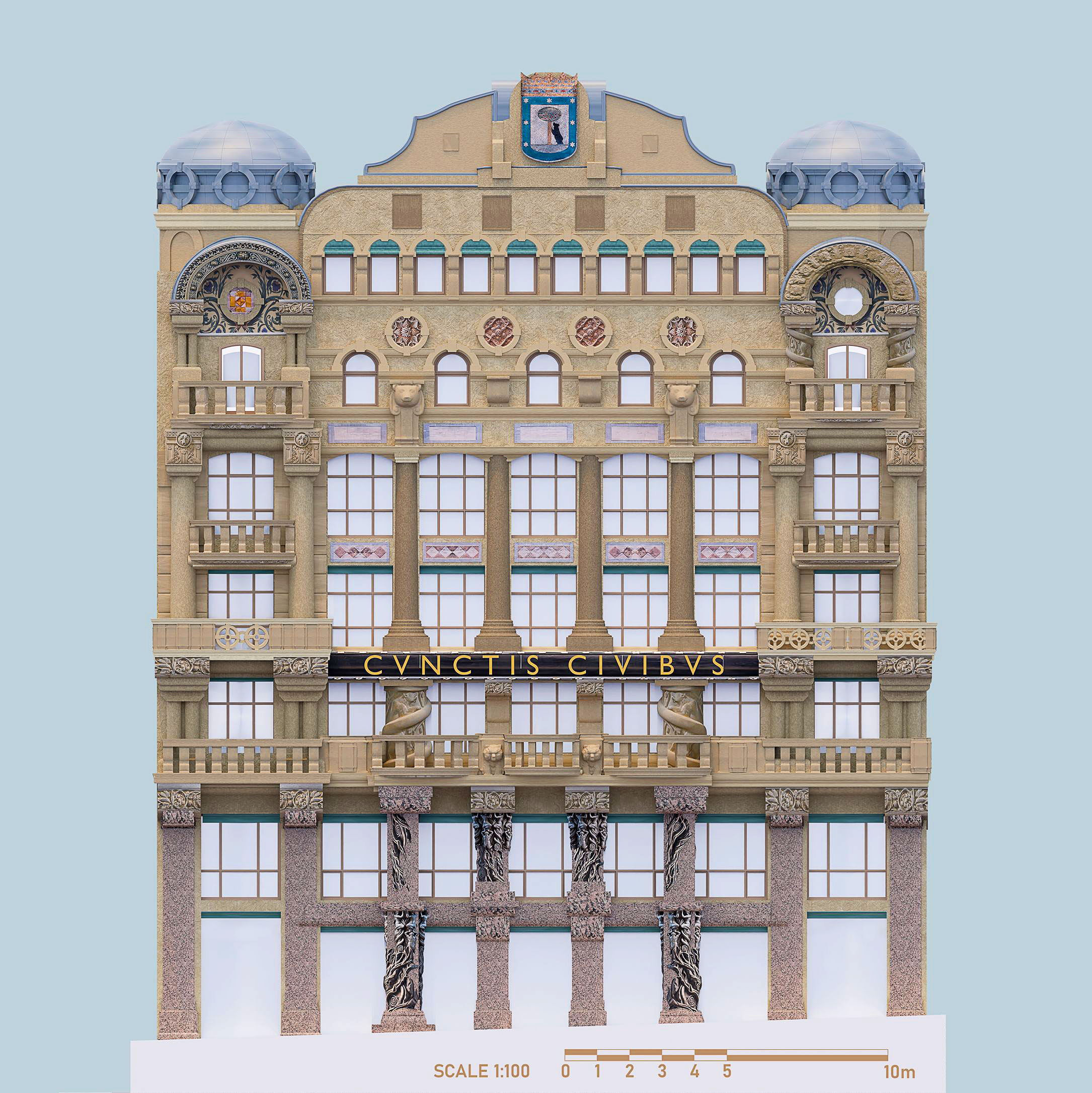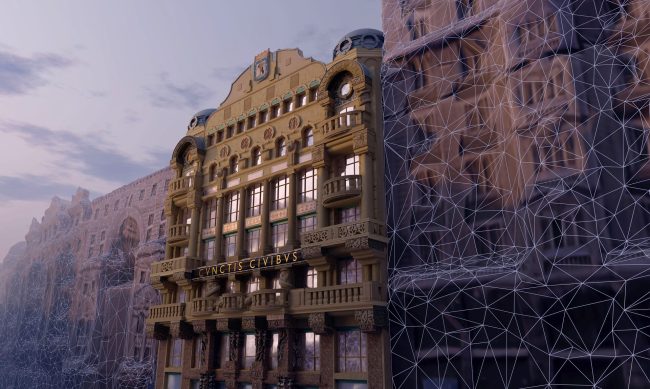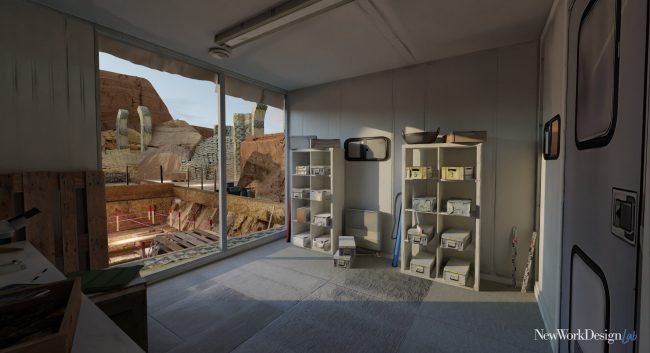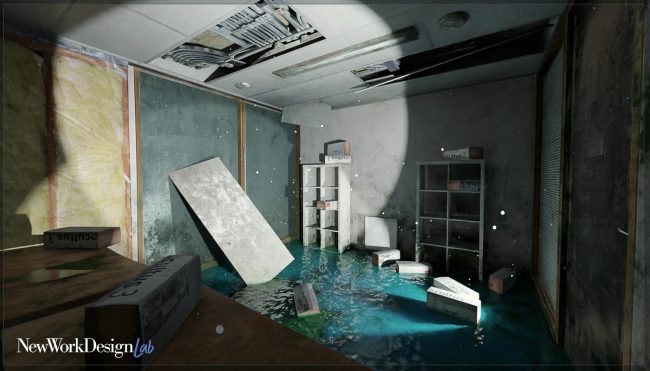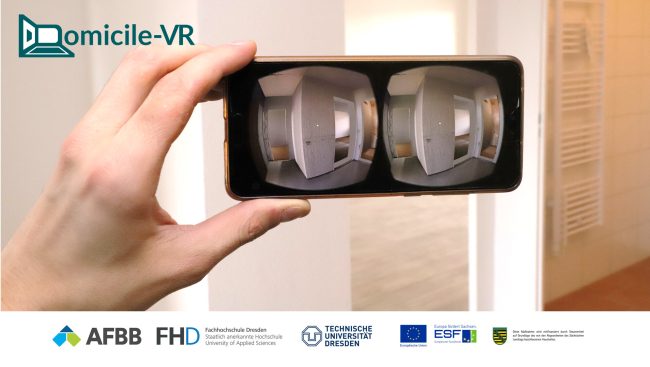Sustainable Facades:
Augmented Reality for Lasting Architecture
Year: 2025
Project Overview
Built environments shape human experience, and architecture is more than just aesthetics—it influences well-being, sustainability, and cultural continuity. Facades that harmonize with historical and environmental contexts tend to endure, both in physical longevity and in public appreciation. This project explored how digital tools could empower homeowners, architects, and planners to create facades that are:
-
Sustainable by Design – Facades designed with weather-protective elements last longer, reducing maintenance costs and waste.
-
Historically Grounded – Architecture that integrates familiar stylistic elements resonates with local identity and cultural continuity.
-
Wildlife-Inclusive – Incorporating biodiversity-friendly elements enhances urban ecosystems.
-
Cognitively Ergonomic – Intuitive, human-centered design fosters emotional connection and urban harmony.
Designing Facades with Cognitive Ergonomics
Facades are not just visual elements—they influence how people perceive and engage with their surroundings. A well-designed facade:
-
Integrates with the historical and cultural context of a neighborhood.
-
Enhances the sense of place and community identity.
-
Encourages maintenance and preservation, ensuring longevity.
By contrast, facades that ignore these principles often become neglected or replaced, contributing to architectural and cultural fragmentation.
A Modular Approach to Facade Customization
The proposed digital tool would have allowed users to experiment with architectural elements in an intuitive way:
-
Structured Design Components – Users could modify key elements such as cornices, pilasters, window frames, and color schemes.
-
Style-Based Templates – Predefined architectural styles would guide historically and contextually appropriate choices.
-
Customizable Layers – Users could compare facade variations in real-time, optimizing for aesthetic and functional needs.
This approach aligns with cognitive ergonomics, ensuring that even non-experts could engage with architectural design in a meaningful way.
Architectural Styles and Historical Integration
Architecture evolves, but certain design principles remain timeless. The tool aimed to bridge past and present through:
-
Style Period Selection – Users could explore classical, modernist, and vernacular styles.
-
Contextual Adaptation – Facades could be designed to match local architectural traditions.
-
Material and Color Theory – A curated selection of historically accurate palettes and textures.
The result? Facades that age gracefully, becoming part of the city’s evolving history rather than disposable visual elements.
Smart Tools for Sustainable Architecture
Durability and sustainability are as much about design as they are about materials. The tool would have integrated features such as:
-
Climate-Responsive Features – Overhangs, shading elements, and rainwater management to improve facade longevity.
-
Material Recommendations – Suggesting options that balance aesthetics, sustainability, and local availability.
-
Wildlife-Inclusive Design – Implementing nesting spaces, green walls, and permeable surfaces for biodiversity support.
These features extend the lifespan of buildings while fostering a healthier urban ecosystem.
Left: Wildlife-Inclusive Design in Practice – Nesting structures and green facades enhance biodiversity, integrating architecture with urban ecosystems while improving building longevity.
Right: Architectural Features for Weather Protection – Cornices and decorative moldings prevent rainwater runoff from staining and degrading facades, extending their lifespan.
Comparing and Iterating Facade Concepts
A key feature was the ability to compare and refine facade designs dynamically:
-
Side-by-Side Comparisons – Users could evaluate multiple facade iterations.
-
AR Visualization – Augmented reality previews would allow real-world contextualization.
-
AI-Assisted Suggestions – Smart recommendations based on historical styles, environmental conditions, and user preferences.
Such tools enable informed decisions, reducing the likelihood of costly redesigns and unsatisfactory results.
Why Thoughtful Facade Design Matters
- Enhancing Architectural Longevity – Well-designed facades reduce maintenance costs, improve durability, and contribute to sustainable urban environments.
- Bringing History and Modernity Together – Digital tools enable context-aware facade renovation, aligning new designs with historical and cultural surroundings.
- Empowering Smarter Renovations – Augmented reality and AI-assisted suggestions help property owners and architects make informed, sustainable design decisions.
Future-ready architecture starts with informed design. Let’s build environments that inspire and endure.
Liked what you see? Let’s bring your vision to life!
…and thats it for this page.






